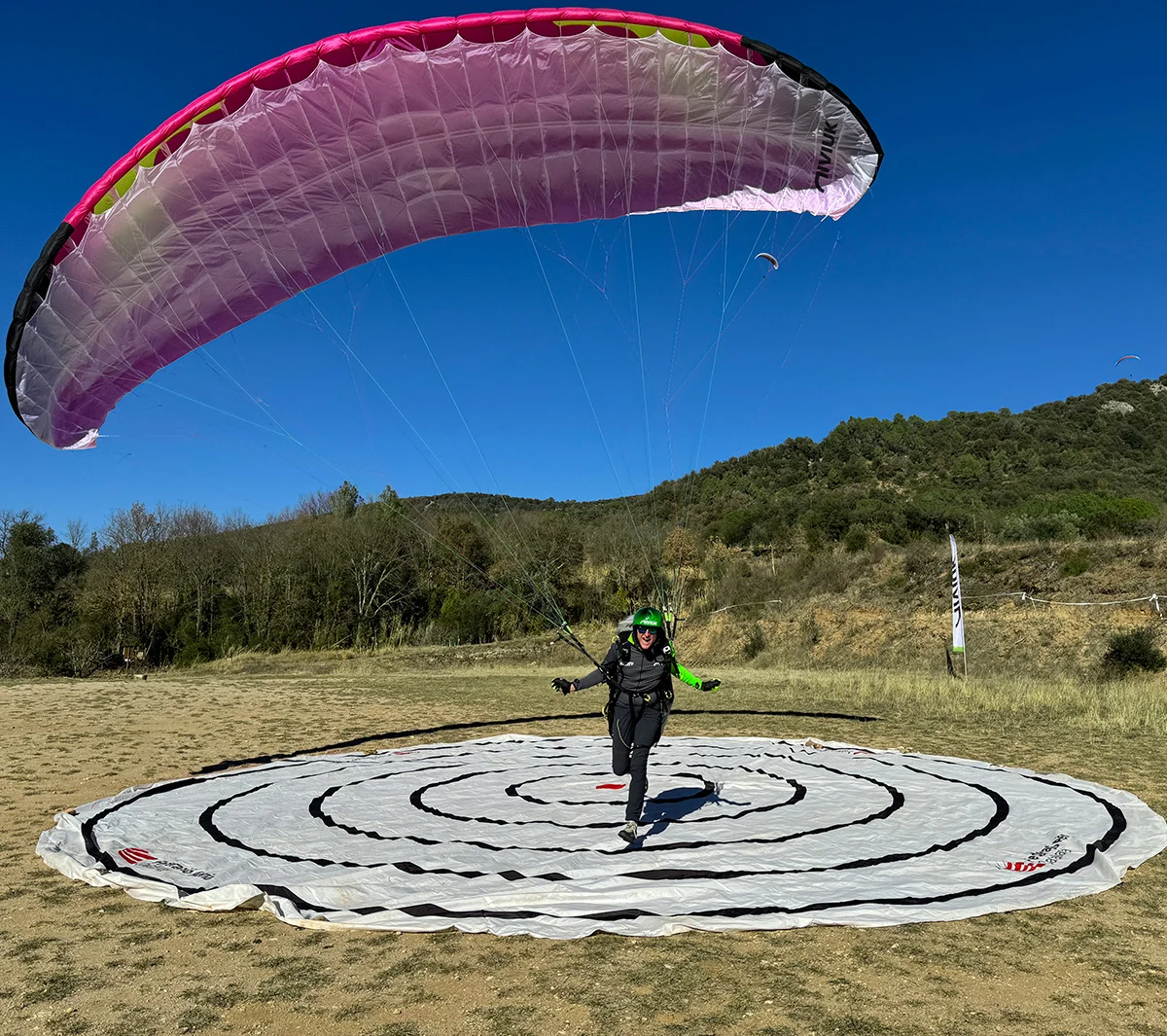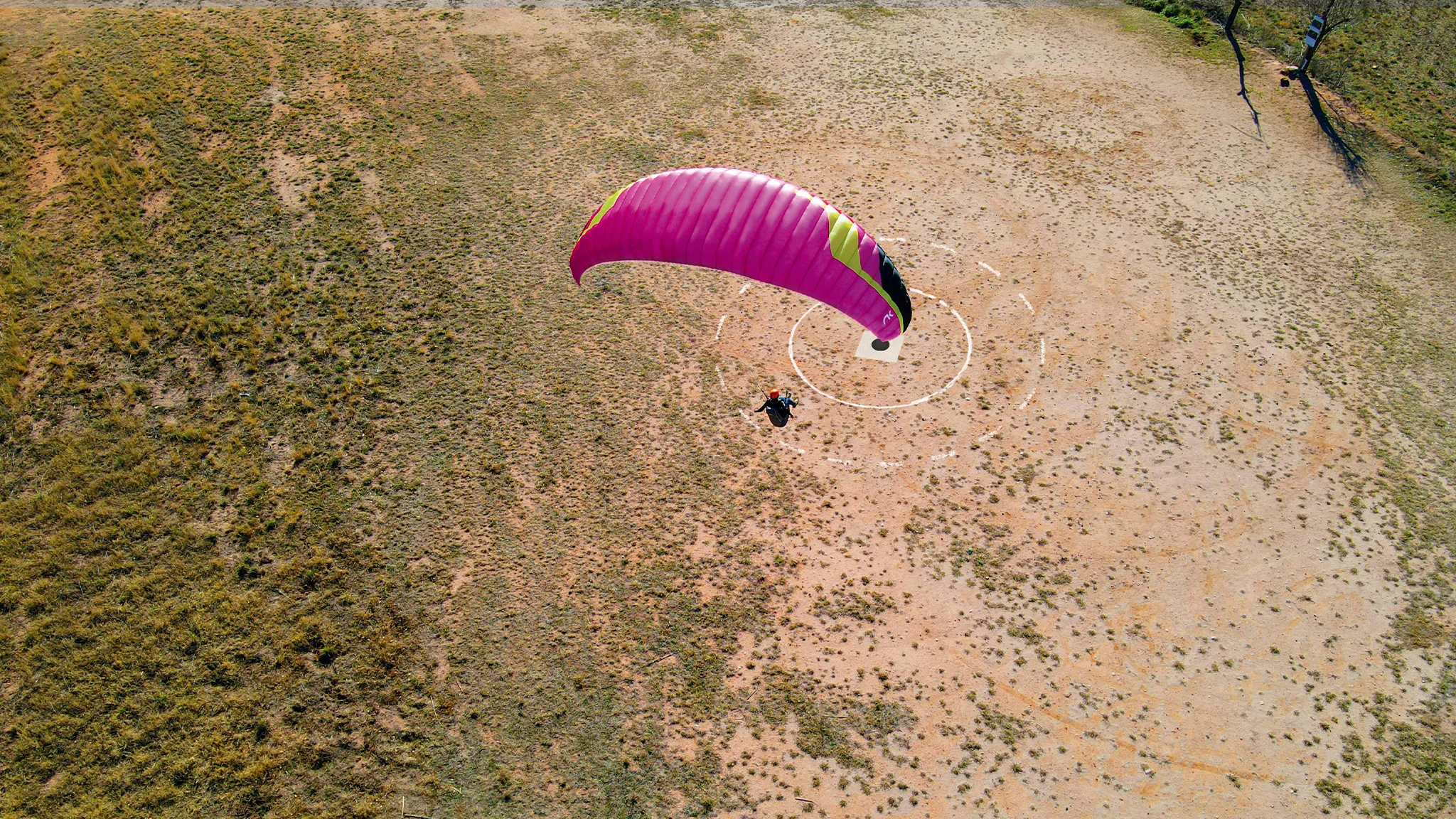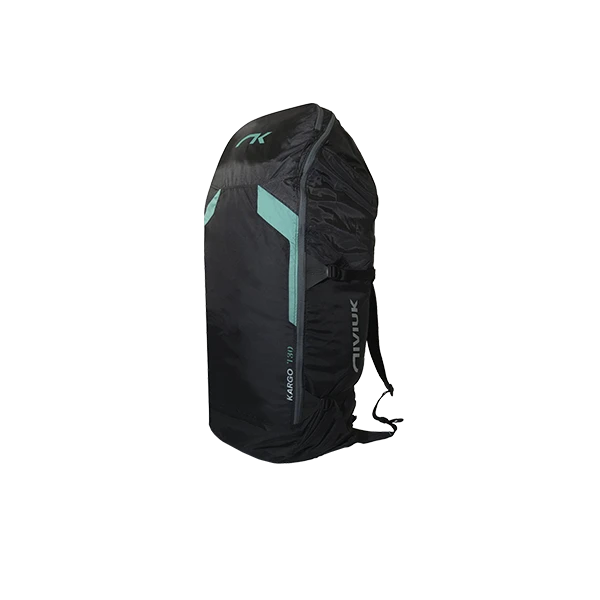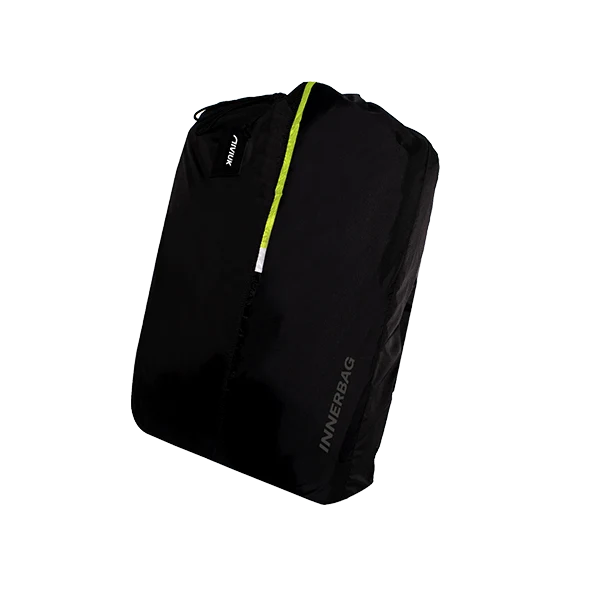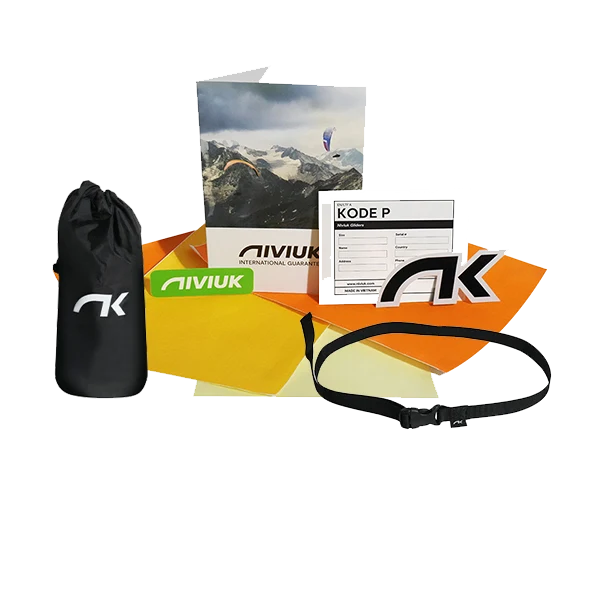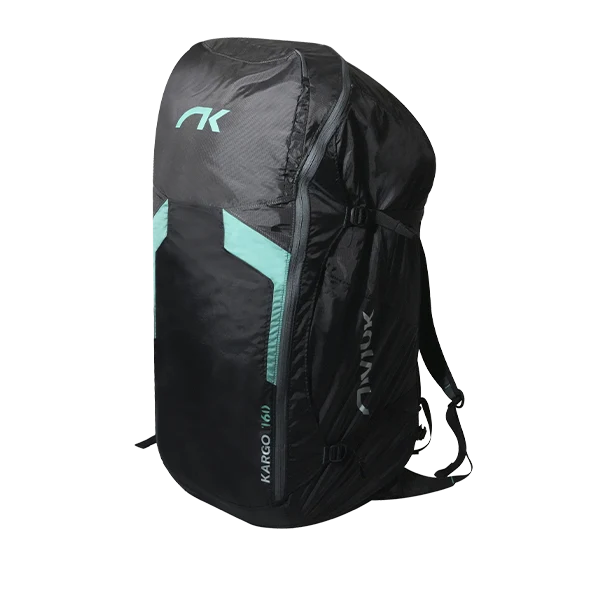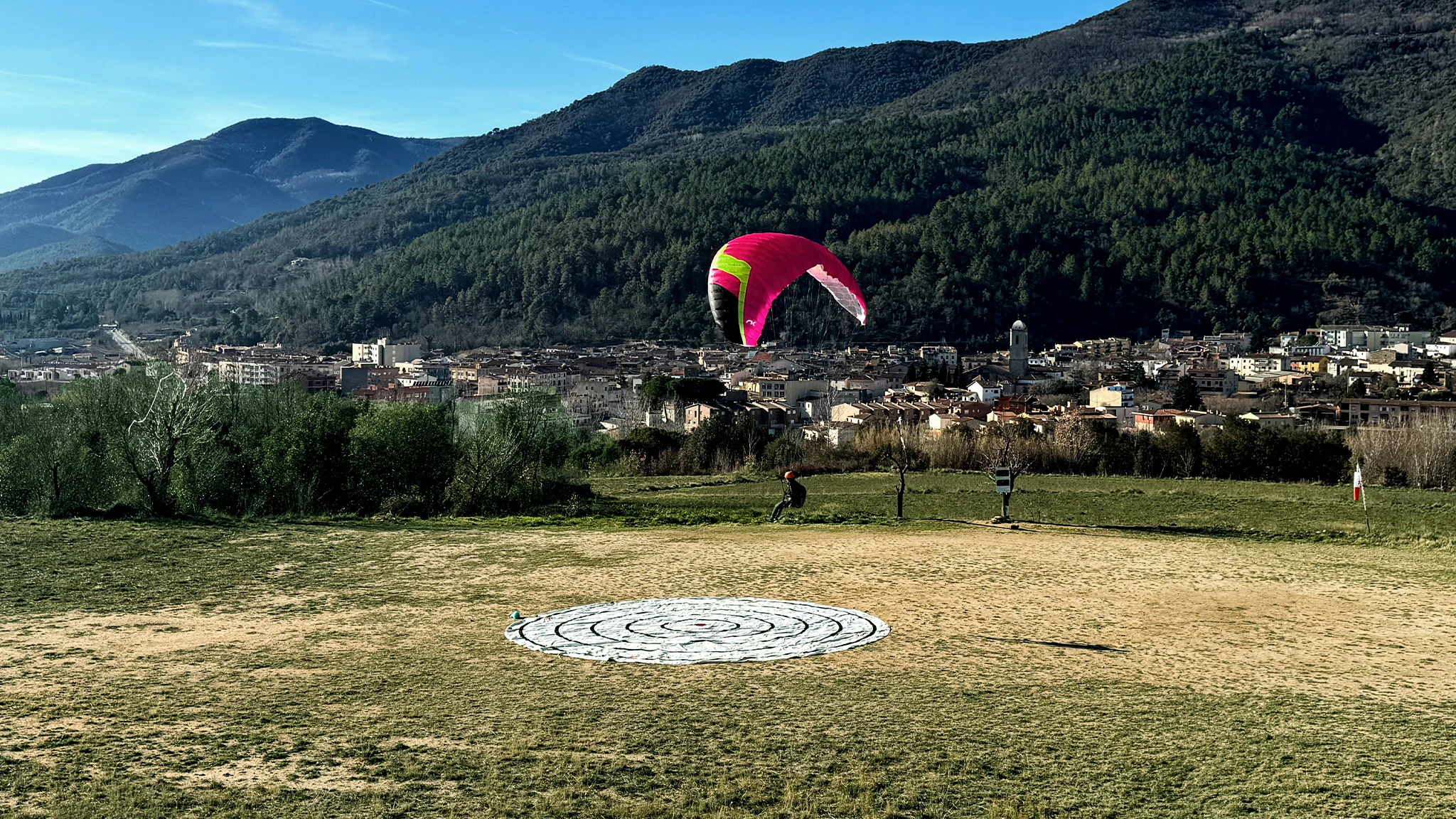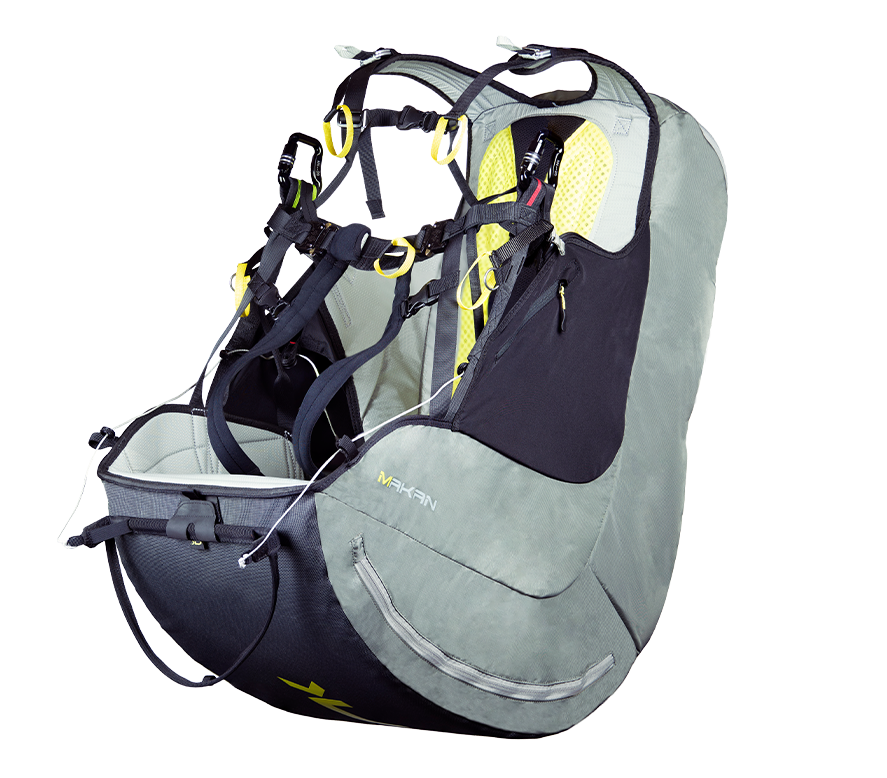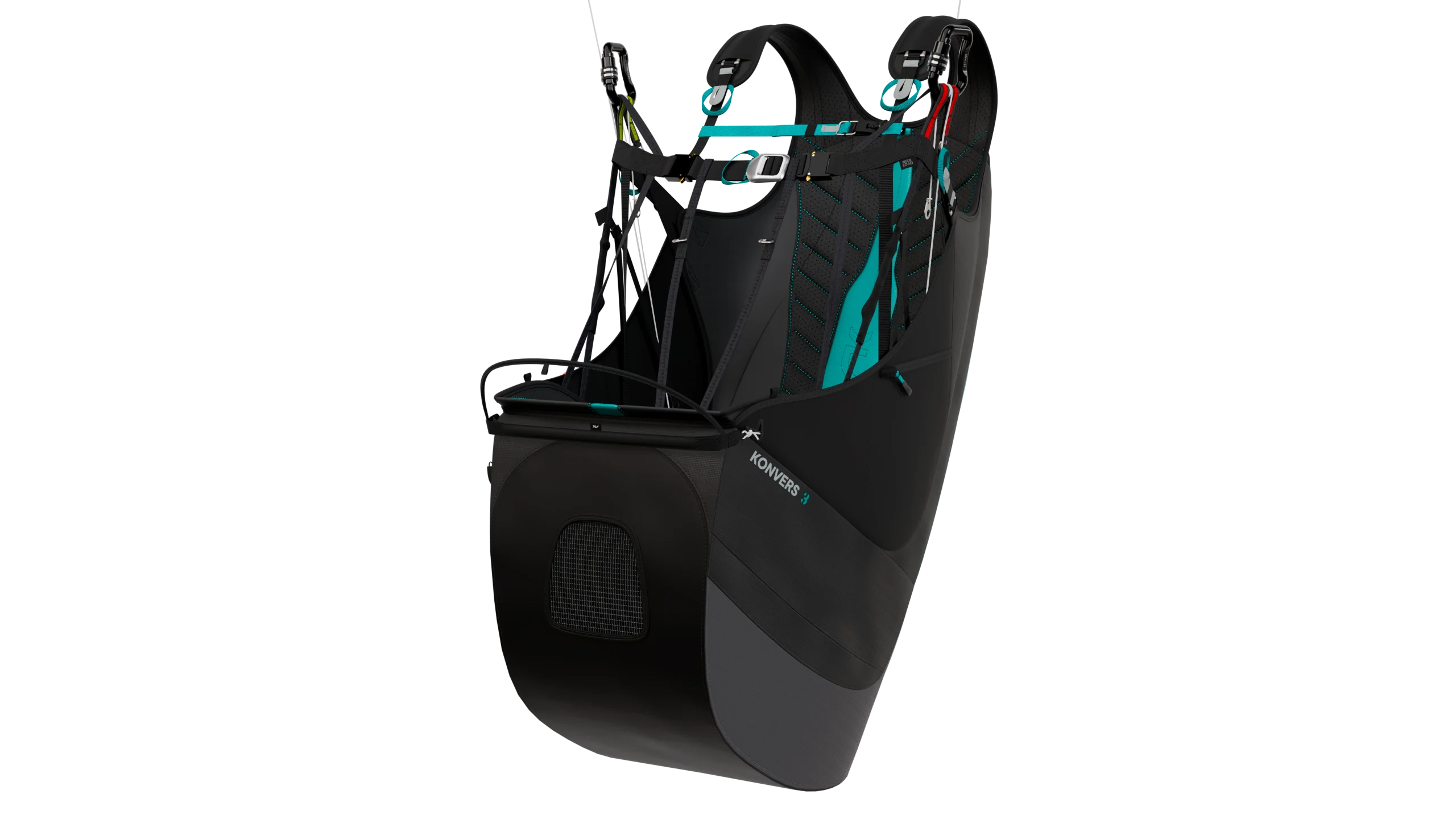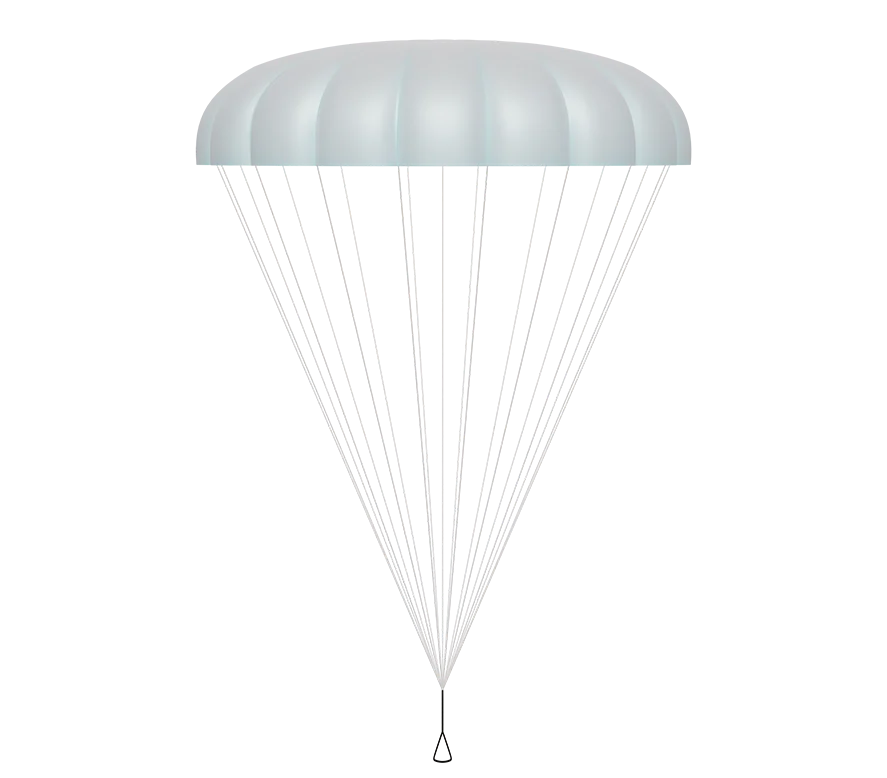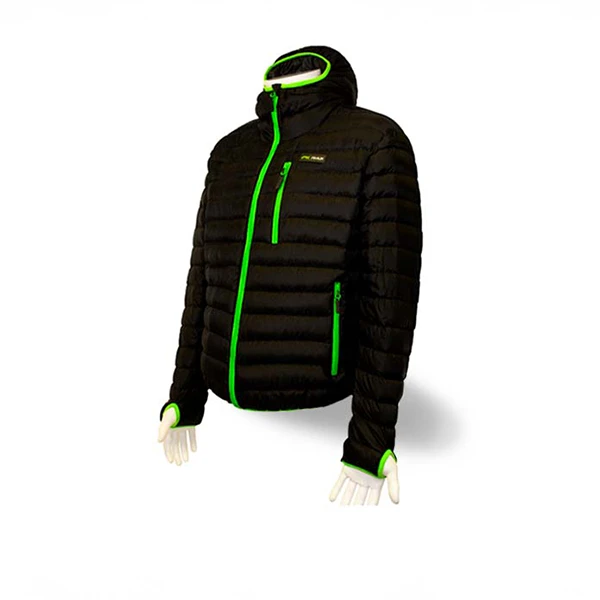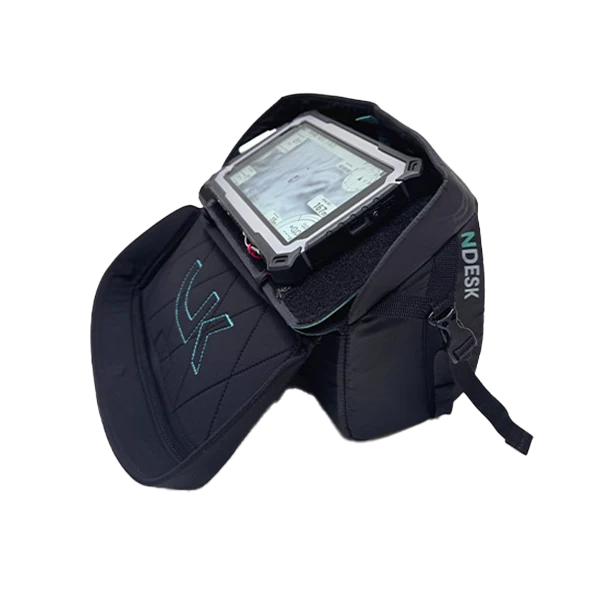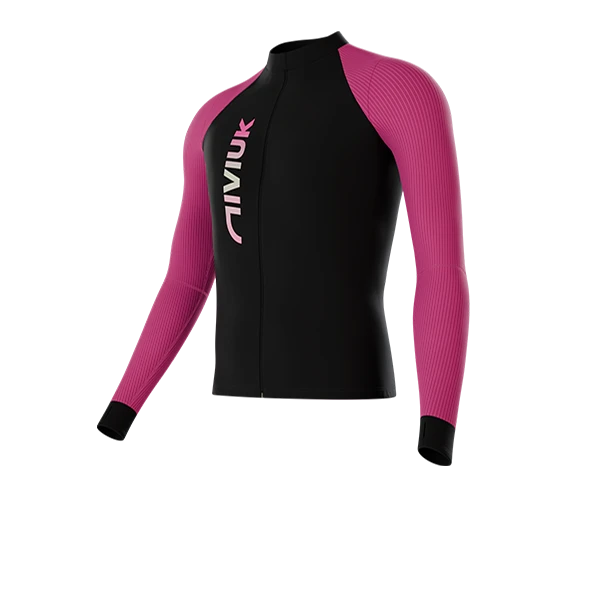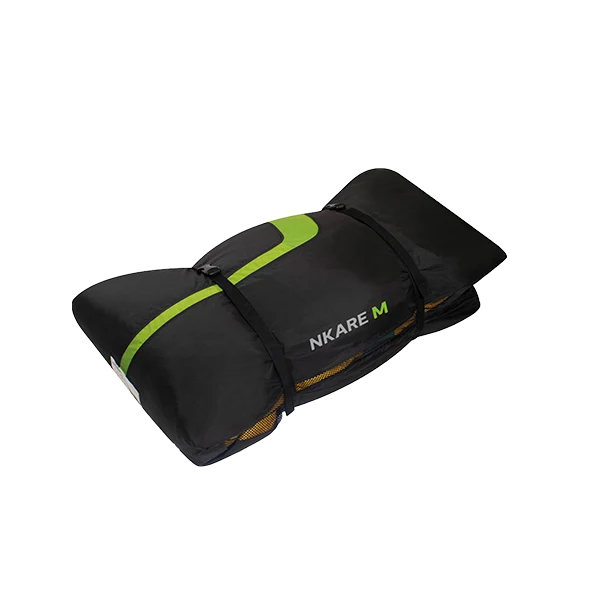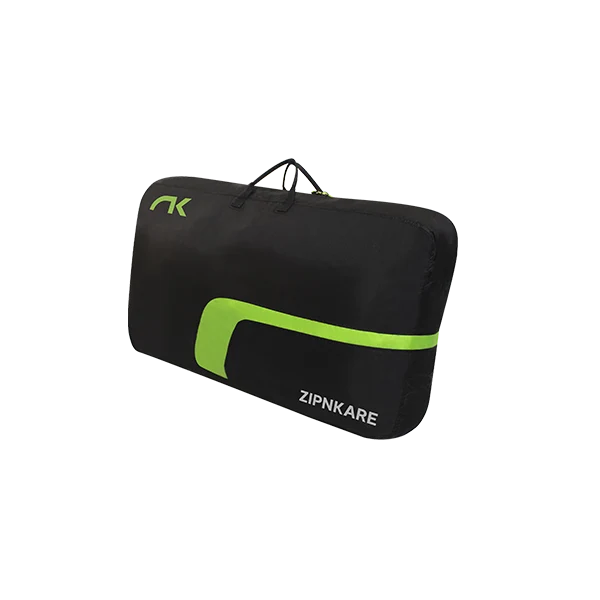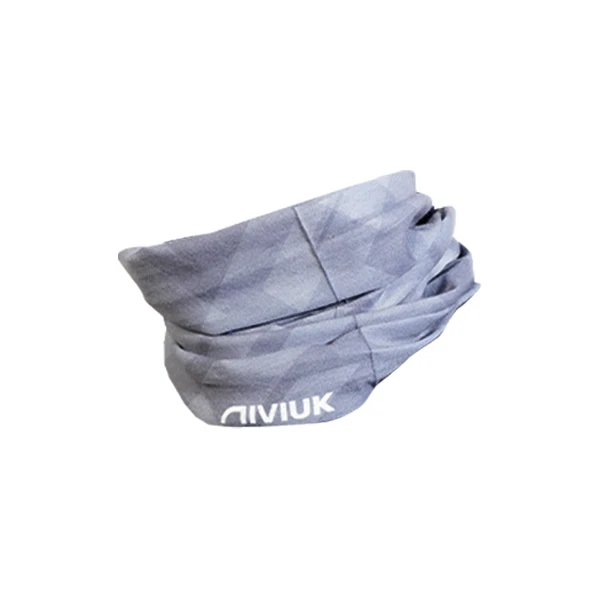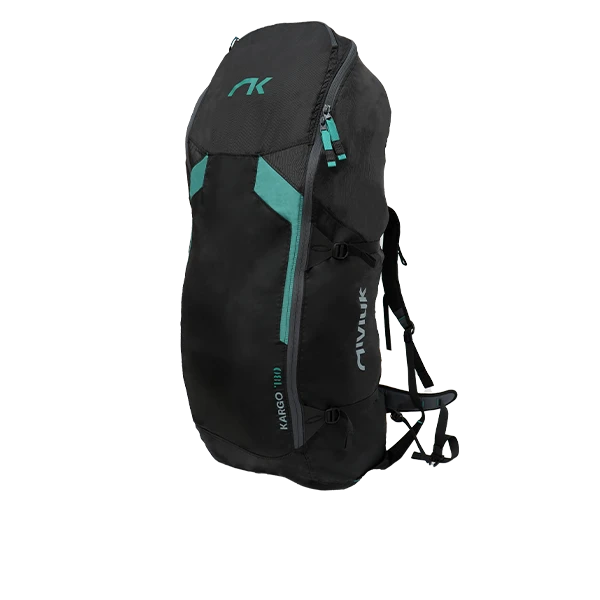Target
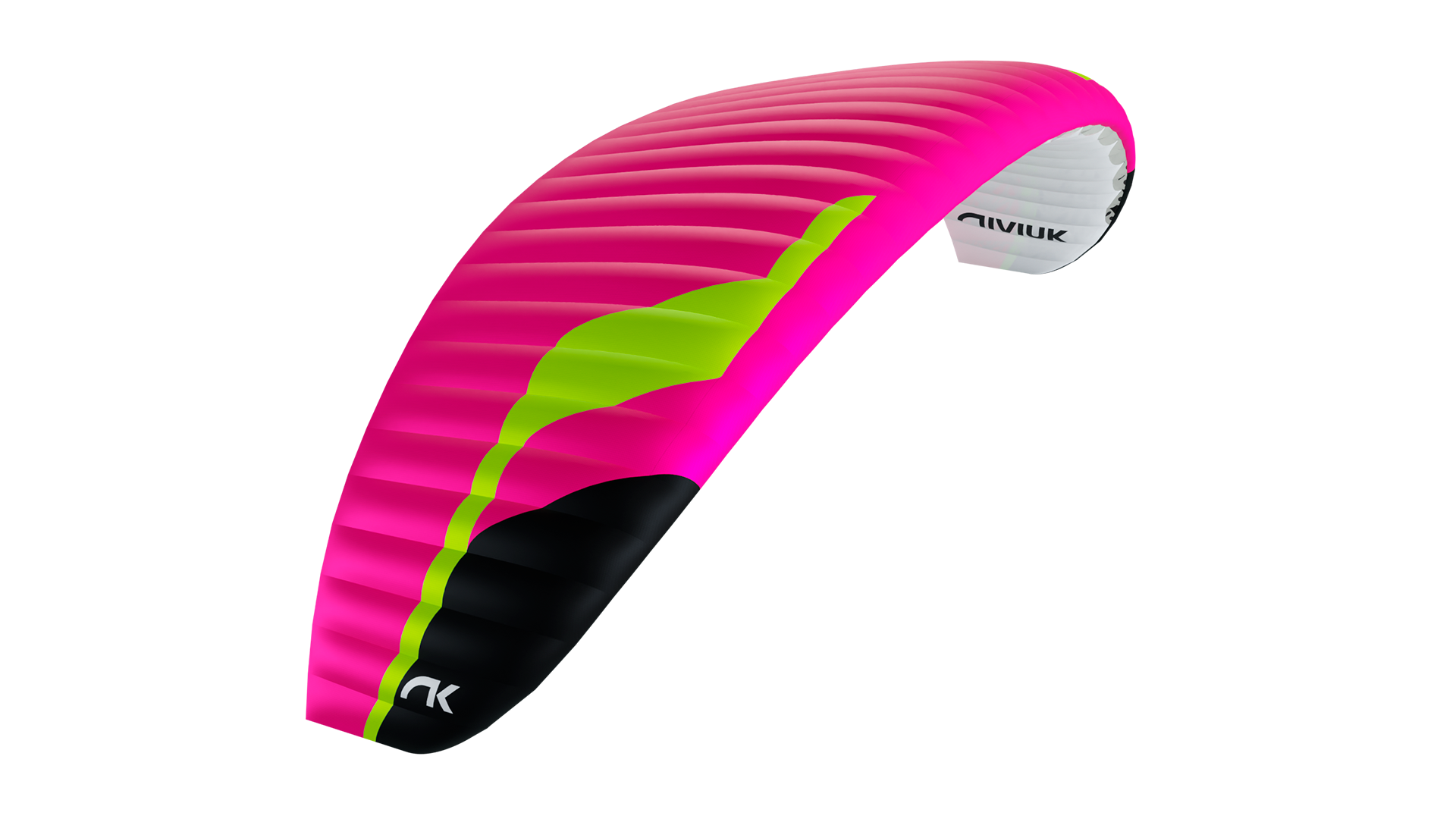
The Target is our wing designed specifically for the precision landing category, accuracy. EN/LTF A certified in all sizes, its characteristic stability and safety is derived from our instruction glider.
It offers total control, allowing you to land exactly where you want to. Hit the target every time!
Accuracy
The Target has been designed for accuracy pilots participating in precision landing competitions: it offers docile, progressive and controlled manoeuvrability.
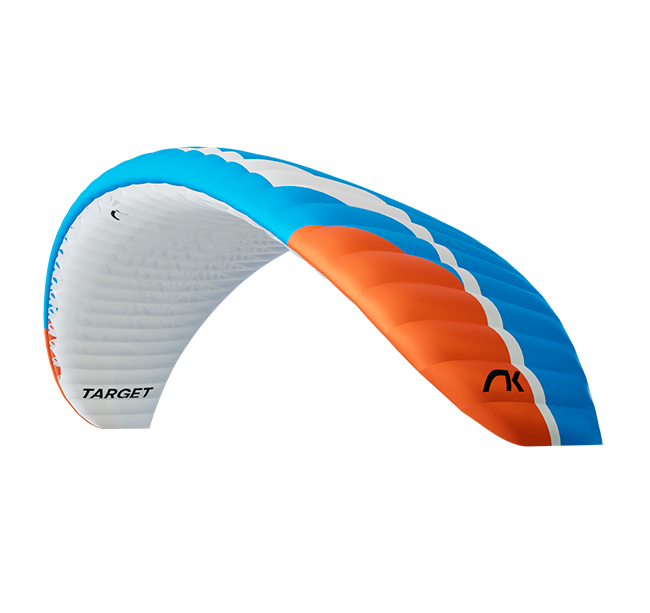
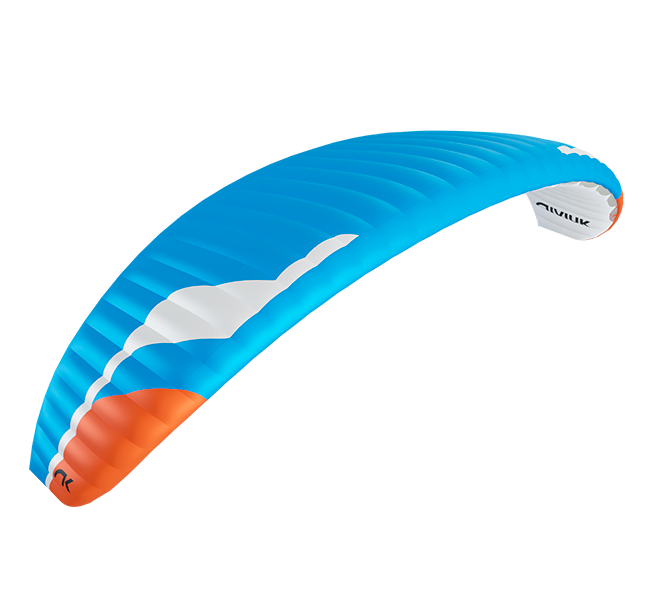
The Target allows a smooth and gradual take off. The size of the cell openings allows for quick and easy inflation, giving the pilot complete control.
It has long brake travel, which provides progressive and precise control, so you can land wherever you want.

The Target allows a smooth and gradual take off. The size of the cell openings allows for quick and easy inflation, giving the pilot complete control.
It has long brake travel, which provides progressive and precise control, so you can land wherever you want.

3DL technology is an adjustment of the fabric at the leading edge of the wing to control the ballooning and the creases that are generated by the curvature in this area. The leading edge is then divided into sub-panels which are sewn into each of the cells at the front of the paraglider. As a result, the leading edge of the wing is perfectly tensioned, which benefits the wing in performance and durability.
A good comparison is a rugby ball. In order to produce its characteristic oval shape without creases, its cover is made of several panels – not of just one piece.
The application of this innovation, in conjunction with the 3DP, is key to converting the perfect shape from 2D to 3D.
The RAM Air Intake system is based on the inward orientation of the air inlets in the profile so that they allow an optimum internal pressure at all angles of attack.
The result? Having greater internal pressure means better buffering of turbulence, greater consistency of the profile shape across the speed range. Excellent handling at low speed is achieved by allowing the pilot to extend the braking limit, so there is a lower risk of collapse and consequently, greater control and stability.
This technology seeks to implement the best orientation of the cloth on each panel according to its location on the leading edge. If the cloth pattern is correctly aligned with the load axes, the cloth suffers less deformation flight after flight, so the leading edge maintains its shape better and remains stronger over time.
The design of our paraglider and paramotor wings has evolved a lot over the years, with a positive and specific focus on the leading edge.
Thanks to this technology and 3DL, a perfect modelling of the panels and an exact representation from 2D to 3D is achieved.
Nitinol is a combination of 50% nickel and 50% titanium. The incorporation of Nitinol rods in the profile increases the performance of the wing, especially in three areas:
- Compared to nylon rods, the weight of the wing is reduced by 13%.
- Nitinol has two essential characteristics: shape memory and enormous elasticity. As a result, the rods retain their optimum shape even after an ultra-compact or incorrect folding, so that the wing is not deformed. This will always be the case unless the radius at the point of curvature is less than 1 cm.
- The leading edge shape is much more rigid and uniform which results in a much more consistent and progressive inflation and therefore an easier take off. The profile is taut at all times, without creases, and fully optimised for all flight phases.
In addition, the rods have a plastic protector at their ends to prevent any damage to the fabric of the wing.
Nitinol is now featured in all our wings.
Made from robust materials, Dokdo 36 g and Dokdo 40 g, with optimised panel orientation for improved durability and performance. All lines are coated with TNL, a tried and tested material.
The profile was based on the design of the Koyot, focusing specifically on safety, comfort and stability, both in pitch and roll.
The risers are straightforward and easy to handle, similar to those of the Koyot, and also have a separate A3 to make pulling big ears easier.
The Target is very durable thanks to the Nitinol reinforcements in the leading edge – it can easily withstand many hours of inflation and endless folding and packing.
| 20 | 22 | 24 | 26 | 28 | 30 | |||
|---|---|---|---|---|---|---|---|---|
| CELLS | NUMBER | 34 | 34 | 34 | 34 | 34 | 34 | |
| ASPECT RATIO | FLAT | 4,75 | 4,75 | 4,75 | 4,75 | 4,75 | 4,75 | |
| PROJECTED | 3,83 | 3,83 | 3,83 | 3,83 | 3,83 | 3,83 | ||
| AREA | FLAT | m² | 20 | 22 | 24 | 26 | 28 | 30 |
| PROJECTED | m² | 17,58 | 19,34 | 21,09 | 22,85 | 24,61 | 26,37 | |
| SPAN | FLAT | m | 9,75 | 10,22 | 10,68 | 11,22 | 11,53 | 11,94 |
| CHORD | MAXIMUM | m | 2,52 | 2,65 | 2,76 | 2,90 | 2,98 | 3,09 |
| LINES | TOTAL | m | 243 | 255 | 267 | 281 | 289 | 299 |
| MAIN | 2+1/3/2 | 2+1/3/2 | 2+1/3/2 | 2+1/3/2 | 2+1/3/2 | 2+1/3/2 | ||
| RISERS | NUMBER | A+A’/B/C | A+A’/B/C | A+A’/B/C | A+A’/B/C | A+A’/B/C | A+A’/B/C | |
| SPEED-BAR | mm | 130 | 130 | 130 | 130 | 130 | 130 | |
| GLIDER WEIGHT | kg | 3,58 | 3,82 | 4,04 | 4,34 | 4,56 | 4,88 | |
| TOTAL WEIGHT IN FLIGHT | MIN-MAX | kg | 40-75 | 55-85 | 65-95 | 75-105 | 90-120 | 105-135 |
| CERTIFICATION |
EN/LTF A
|
EN/LTF A
|
EN/LTF A
|
EN/LTF A
|
EN/LTF A
|
EN/LTF A
|
The total weight of the wing may differ ±2% due to variations in the weight of the fabric supplied by the manufacturers.
Target
It contains an 8-digit code that, when entered in the MyNiviuk section, can be used for product registration, to carry out procedures and request maintenance.
